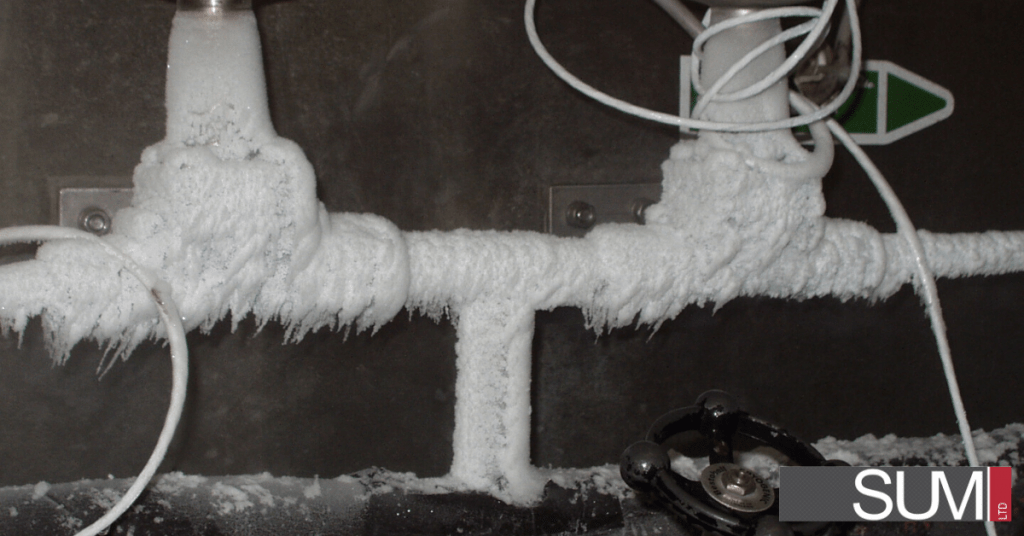Some places in Canada have seen the first snowfall as early as the beginning of September, one can never take steps to prepare to winterize too early. Now is the perfect time to inspect your current insulation blankets and determine if they need replacing. Early inspections prevent a range of issues such as product delivery delays and may even protect your equipment from permanent damage.
Here are a few questions you can ask yourself to learn where to focus your efforts to winterize:
- What are the conditions of your current insulation blankets?
- Environmental conditions and the weather can cause your blanket to wear and tear, creating air gaps and reducing overall efficiency.
- Does your current insulation protection fit snugly against your instruments? Is the blanket assembled properly, with parting seam flaps and straps secured?
- Insulation blankets need to be built to sit perfectly against your instrument to prevent a myriad of short-term and long-term problems.
- Is your instrument properly fitted with the correct type of insulation?
- Assessing the properties of insulation material is important when designing a custom-fit blanket, as one type of material may be better suited to one situation than another.
- Is the thickness of your insulation properly calculated?
- An insulation’s efficiency hinges on the appropriate thickness; a blanket built too thin for its environment would be ineffective, whereas a blanket too thick would be a waste of resources.
- Are there exposed components or bare piping?
- Sometimes clients order insulation for components that lose the most heat first, then opt for areas with less efficiency gain in subsequent years.
- For Heat Tracing solutions…
- Is there damage at any point along the heat trace cable?
- Does the thermostat still read nominal temperatures?
Even the best insulations materials will eventually freeze—no insulation can fully stop the flow of heat from a high to low concentration. If your equipment is in a low-temperature environment for prolonged periods of time, consider our fully integrated heat traced blanket solution. By combining electrical heat tracing with insulation blankets, our product can maintain consistent flow and temperatures of in-transit fluid products against temperatures as low as -76°F, or -60°C. All electrical heat tracing systems have registered approvals under Canadian Standards Association, FM Approvals, and Underwriters Laboratories Inc. within ordinary (non-classified) areas and hazardous (classified) areas.
Ready to begin to winterize? Consult with us today to have your custom removable insulation blanket completed before winter is here.
